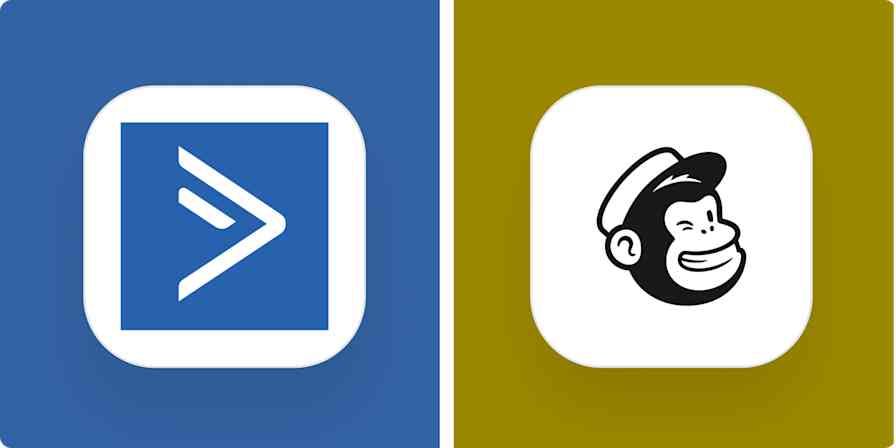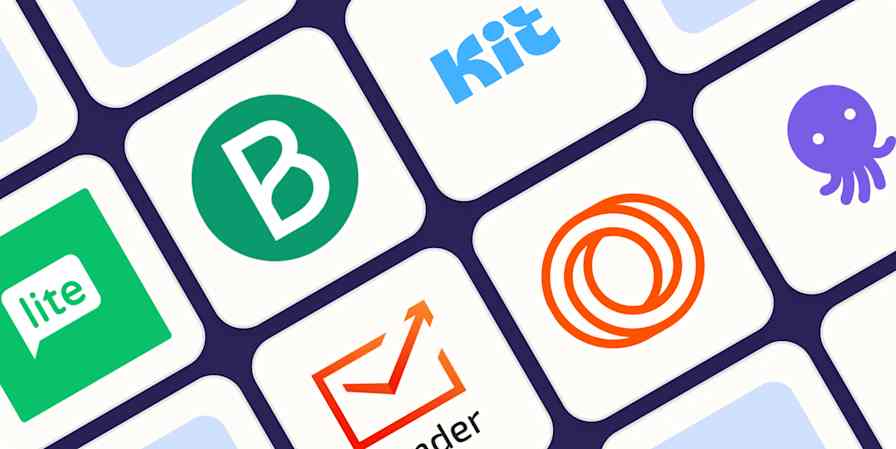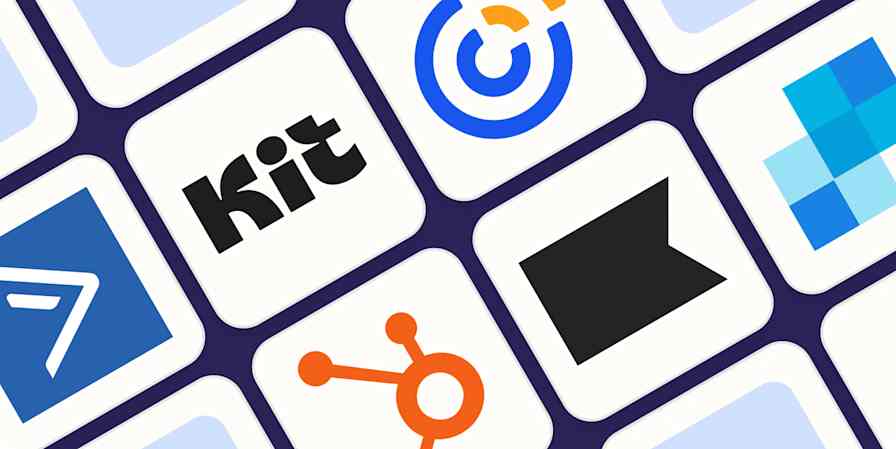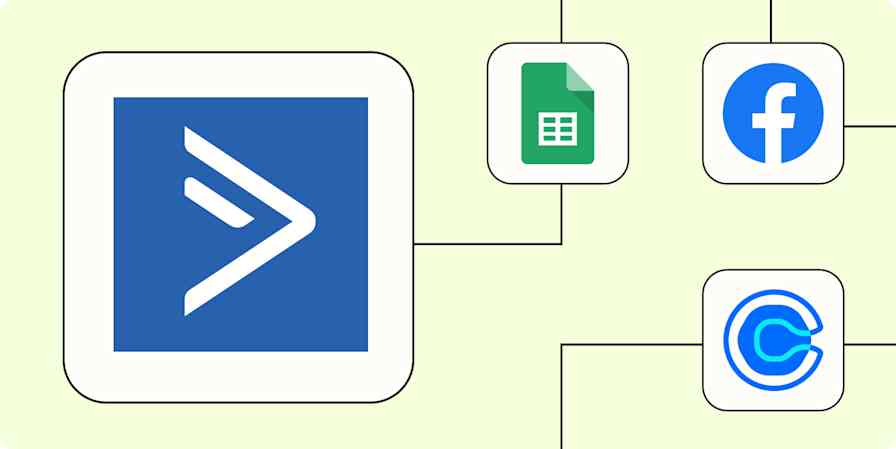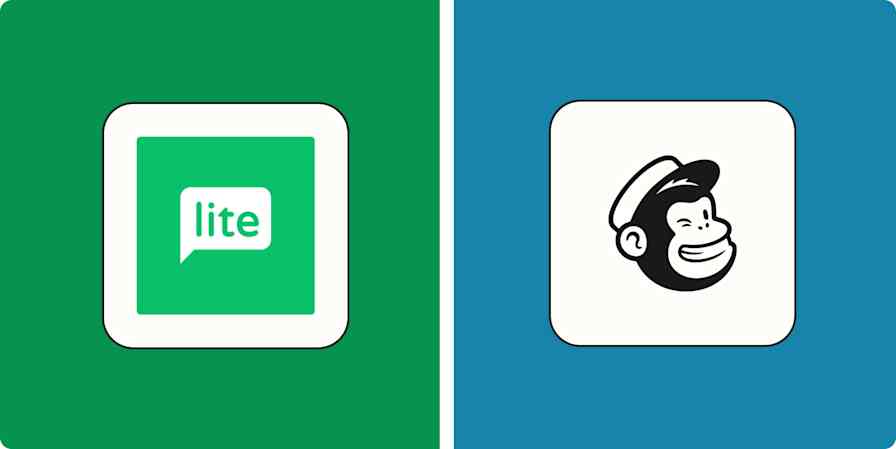Marketing tips
5 min readHow not to write B2B emails: What I learned from studying 100+ brands
5 mistakes you should avoid in B2B email marketing
By Esther-Grace Okonkwo · November 22, 2023
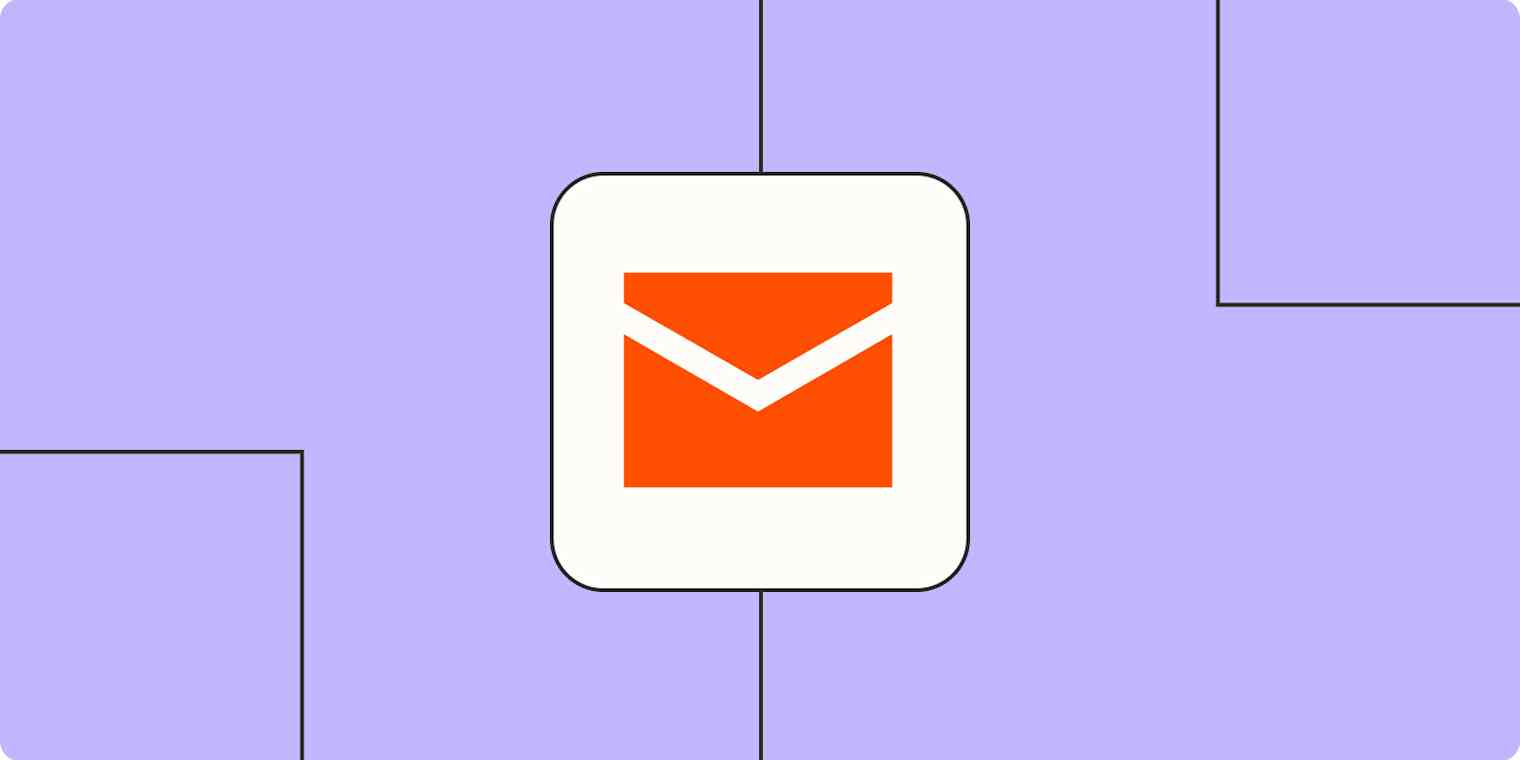
Get productivity tips delivered straight to your inbox
We’ll email you 1-3 times per week—and never share your information.
Related articles
Improve your productivity automatically. Use Zapier to get your apps working together.


